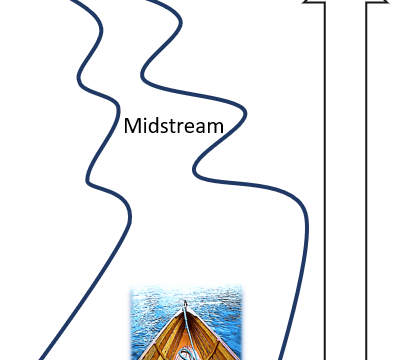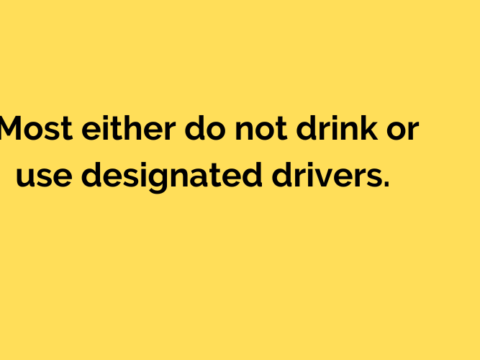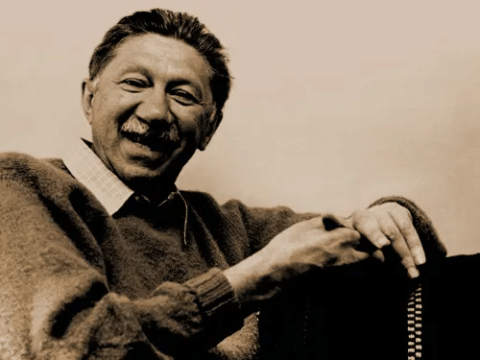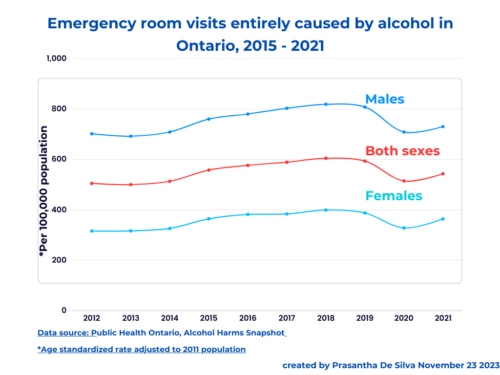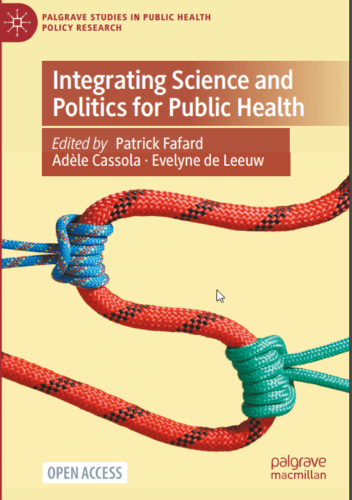Category: Behavior Change theories
Maslow did not create Maslow’s pyramid
Three weeks before, I had to unlearn my learning about Maslow’s pyramid; it is not his. He did not build it to explain his theory about human motivation; “Maslow did not build a pyramid to explain his theory”. I read about it for the first time in a Scientific American article. It was titled “Who Created Maslow’s iconic pyramid? and written by Scott Barry Kaufman”. Who built the pyramid? The pyramid was built into Maslow’s theory more than a decade later after Maslow’s initial introduction in 1943. Charles McDermid, a management expert, introduced the pyramid into Maslow’s theory. We can…
How social norms shape our behavior
You must have been in a library; you stay silent. That is a classic social norm example. Another common one is littering. As we all know social norms can either be socially desirable or socially undesirable. Every day we adhere to social norms that are an array of unwritten sets of rules we follow. In a way, these play a crucial role in the smooth functioning of a society. Once we deviate from it, we can expect negative consequences. Robert Cialdini deconstructs the concept further; he describes two types of social norms: Descriptive and injunctive. Descriptive (popular) social norms = What…
Theory of reasoned action and theory of planned behaviour
Can we change behaviour by changing attitudes? Not really, contrary to popular belief. The connection between attitude and behaviour is complex. In the 1960s, Fishbein and Ajzen explored the connection between attitude and behaviour. Based on the findings, they developed a theory to explain the connection between the two. It is the Theory of Reasoned Action. Later, they expanded a little further and renamed it the Theory of Planned Action. Theory of Reasoned Action (TRA) In summary, this theory says; Let us see how it applies in real life. Think that someone wants to carry out the breast self-examination. She…
Stages of Self-Change
Although behaviour change occurs in a continuum, researchers have identified stages of self-change in some behaviours such as quitting smoking. Let us embark on this journey starting 37 years ago:1983. 1983: “Stages of change” Since the early 1980s, two researchers – James Prochaska and Carlos DiClemente – had been working with smokers who wanted to quit. They observed that some quit without any outside help. In order to explore the observation further, they recruited 872 middle-aged volunteers who were smoking from Rhode Island and Texas through a newspaper advertisement. After classifying them into five groups, the study participants were followed…
Health belief model to craft health messages
We can use the Health Belief Model to craft health messages. In this blog post, we will explore, Health Belief Model’s Origins The model has a rich history. It came to light in the 1950s with Godfrey Hochbaum’s research project. This is how he conceptualised the model. In the 1950s, pulmonary tuberculosis became rampant in some neighbourhoods in the US. The US health authorities began screening at-risk people by X-raying their lungs to detect early changes. The service was free. But, many did not attend. To understand why they did not attend these free screening clinics, Godfrey Hochbaum surveyed 1200…
